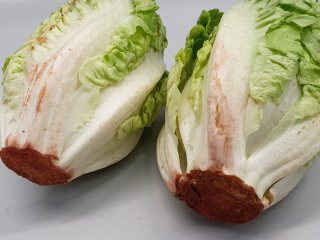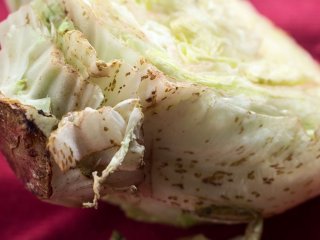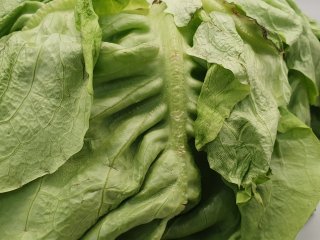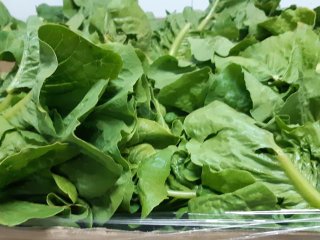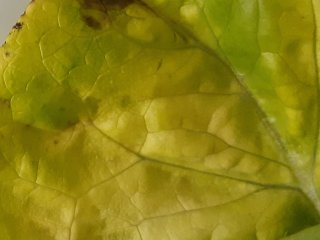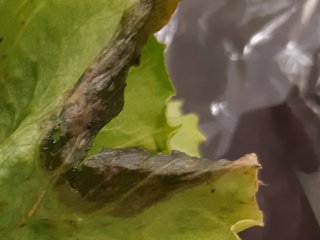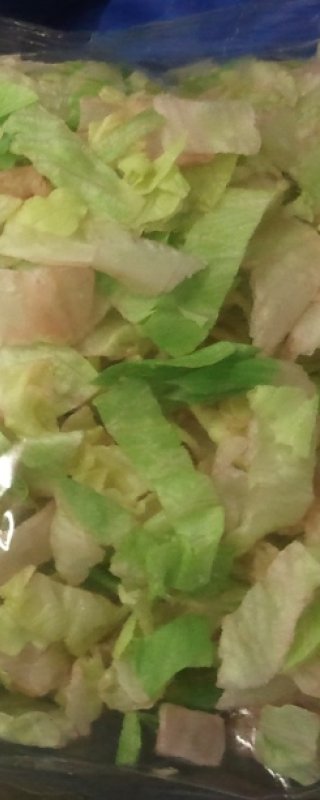
Lettuce disorders and diseases
Good quality products are free from diseases and disorders. Customers are not willing to purchase lettuce with rots, damages, strong discoloration or wilting. There are dozens of different diseases and disorders, which are not always easy to recognize. A good diagnosis of the product’s health is important. By recognizing the symptoms of a disease or disorder, it can be linked to the cause. If you know the cause, you know what measures can be taken to prevent the disease or disorder in the future.
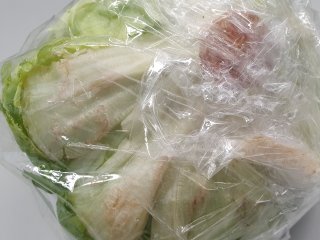
Disease management
Identification of lettuce disorders and diseases usually takes place by carefully looking at the symptoms. It is important to detect the quality issues as early as possible in the supply chain to reduce further incidence and to avoid dissatisfied customers. Retailers can also benefit from knowledge about disorders they may encounter. For them, it is important to know whether the cause lies in a previous stage in the supply chain or is due to their own operations. Common causes of deterioration of lettuces are discolorations, wilting and rotting.
